When an organization experiences a merger or when divisions within that organization need to intermesh, both seasoned as well as new employees may require an orientation to the new situation. Not only do they need to understand the new interrelationships, they also need to understand the separate functions and services provided by the contributing organizational components.
In 1999, the Wisconsin Department of Transportation determined that three divisions had an integral relationship that needed to be made clear to new employees. As a result of the needs assessment, a two day program was created by a wonderfully creative team of representatives from each of the three divisions. Here are the learning objectives and the activities for the afternoon of the second day. The activities are underlined.
Title: Intermodal Interactions
Workshop Description: Using interactive exercises, this two day basic orientation session is designed to acquaint the participants with the three modal divisions and how they interface with each other. On the first day, the focus is on what it means to be involved in an intermodal division partnership. On the second day, the focus is on the variety of functions and services provided by the three modal divisions.
Day Two: Getting to Know the Modal Divisions
Learning Objectives: During this session, the participants will:
e. “tour” a transportation issue; and
f. identify personal linkages within the modal divisions.
Lesson Plan/ Methods:
Objective Methods
(b) 12:45 Sorting Out the Players: DTID (15 minutes)
The participants individually complete a worksheet in which they are given a list of activities and asked to check off all of the activities that would be included in infrastructure development. (5 minutes)
[Goal: Check participants’ current awareness of DTID functions.]
The deputy administrator provides a brief overview of the responsibilities of DTID, to define what infrastructure development means and includes, asking if anyone would like to revise their worksheet on the basis of the overview. Debrief the responses to the worksheet, providing validation and/or correction. (10 minutes)
[Goal: Clarify the concept, mission, and functions of DTID, while acknowledging that the division name may contribute to its identity crisis.]
(d) 1:00 Playing on the DTID Team (30 minutes)
All of the teams are assigned to review the same case study regarding context sensitive design. However, each team member reviews the case study from the perspective of an assigned interest group (such as the local community, the truckers, highway engineers, environmentalists, etc.) The team members then meet for a small group discussion to attempt to create compromise standards to meet their social objective.
[Goal: Experience a typical DTID activity that reinforces key concepts.]
1:30 Break (10 minutes)
(c) 1:40 Playing on the DTID Team (20 minutes)
(d) The groups report out, for general summary discussion of the compromises involved in developing standards for context sensitive design. (15 minutes)
The deputy administrator walks the participants through the division brochure, having them highlight with yellow marker the key programs, staff names, and phone numbers. (5 minutes)
[Goal: Ensure a useful reference source.]
(e) 2:00 Touring a Transportation Issue (30 minutes)
Show a video tape of interviews with various groups who have different perspectives on what has to happen with the transportation system to meet the needs of the aging baby boomers with increasing impaired eyesight, hearing, and response times). This should include representatives from the agency as well as from the modal units- to reinforce the fact that the entire agency is involved with and affected by the work of the intermodal divisions. Therefore, the interviews should include talks with: a traffic engineer, a safety person, ITS staff, design engineer, state patrol sergeant, someone involved in driver licensing, construction, maintenance, etc.
[Goal: Provide a real-life “tour” of a transportation issue that exemplifies aspects of intermodal connections and partnering, and reflects the results of funding (DTIM), planning (DTD), and standard development (DTID) actions and decisions the participants experienced in previous exercises.]
2:30 Break (10 minutes)
(f) 2:40 Finding Intermodal Linkages (30 minutes)
The individual participants complete a worksheet in which they identify how, when, where , and how long they personally might interface with programs or offices in the other divisions, based upon where they work and what they do. (10 minutes)
Volunteers report out the nature and type of linkages that they have identified for themselves, for general discussion. (20 minutes)
[Goal: Personalize the idea that the modal divisions are connected. Also, provide closure to the “yarn exercise” metaphor introduced at the very beginning of the orientation. The participants are now able to specifically identify the “knots” as they relate to what they personally do on their jobs.]
3:10 Closing Up Shop (20 minutes)
The participants individually complete a post-test that covers the key content of the orientation program, then discuss the answers. (10 minutes)
[Note: This test will involve the same key content as the initial pre-test, however, the questions will be phrased differently or take a slightly different tact on each key concept. The process can be similar to that used for the pre-test- a thumbs up or down response, which will give the trainers an immediate visual assessment of the learning that has occurred.]
[Goal: Assess the degree to which the key content has been learned by the participants.]
Each participant reports out one new piece of information s/he received as a result of the session. The participants then complete an evaluation sheet for this session.
3:30 Adjourn.





